
Most fish keepers buy a cheap food for their fish. Some are specialized as "Betta food" or "Cichlid food", but for the most part we just toss in some food and hope for the best. Most commercial foods are not all that great for giving your fish the best that it needs. You can get healthier fish, brighter colors, more active fish, and your fish will live longer with a variety of foods. Here are some things you can do to feed your fish healthier.
One Food All the Time!
We often think very little about feeding our pets a single food. After all it is made from more than one ingredient and it is formulated for them. But the truth is that the best of diets include a wide range of foods. You don't ever just have one food that you eat that would keep you your healthiest at all time. Sure, it would likely keep you alive, but it wouldn't be the best option. So, why feed our critters this kind of diet?
Basic Food.
The best thing to do is to offer a good basic food. For commercial prepared foods you aren't going to find something that has fantastic nutrition for most of your fishes' needs. So, instead do your best. Your other option is to make your own food which is more rounded, can include better foods, and can offer better nutrition.
Freeze Dried Treats.
In addition to getting a good basic food you can offer some freeze dried treats. You can usually find a can of freeze dried blood worms and or freeze dried brine shrimp pretty easily. There are also freeze dried worms. These make great treats. Feed sparingly though they lack a great amount of nutrition and some fish don't like the freeze dried varieties which means you could cloud your water.
Frozen Foods.
Frozen foods have better nutrition than freeze dried options and they are available in the freezer at many local fish stores. Your choices usually include at least frozen brine shrimp and frozen blood worms. Other options can include krill and even brine shrimp with spirulina powder mixed in (spirulina is blue green algae that is great for all fish). You can add one or more of these foods as a treat. This shouldn't be given every day, but every now and again makes for great nutritional boost and all your omnivores and carnivores will love these options.
To use frozen food you can take out one small cube and thaw it. I just set it on top of the fish tank light for about 20 minutes. For the brine shrimp you can add a bit of water and dump in or use a turkey baster to target feed certain fish. You can just swish the small bowl in and get most everyone if you want. Usually one cube is a lot of food for a small tank. When I was feeding just a 10 gallon I fed the blood worms over the coarse of a few days. I added a 25 gallon and used it for two days. Now I have enough tanks to use a whole cube in one day with a 2.5 gallon, a 5 gallon, a 10 gallon, a 25 gallon, and a 29 gallon.
Fresh Fruits and Vegetables.
In addition to the various foods that you offer your fish, you should offer vegetables to those fish that eat them. This includes most fish who eat a wide range of ominivorous diets and all fish that eat only plant based diets. There are a wide range of vegetables and fruits that can be offered and you will find out what your fish like best.
Zucchini is a very popular offering. Some plecos like it a lot as do the otocinculus catfish. I also have one mollie and one corydora that seem to really like the zucchini. In addition any shrimp that you have will love you for sharing your zucchini. You should only offer a small piece and you should make sure you take it out after 24 hours so it doesn't rot and leave a mess in your tank.
Other food options include spinach, cucumber, sweet potatoes, apples, and carrots. When considering what foods to add you will want to make sure that you choose foods that will stay together and avoid ones that are overly moist such as citrus fruits and tomatoes. The only vegetables you should avoid because of a lack of nutrition are potatoes and lettuce. Potatoes are just too starchy and lettuce is mostly water.
Live Foods.
There are a variety of live foods that your fish will love depending on their size. Brine shrimp and black worms are two commonly used live fish foods. However, they are harder to get and many local fish stores don't offer foods that very many fish will accept. For that reason you can skip offering live foods if you aren't breeding, aren't raising fry, and are offering a wide variety of other good foods.
On the other hand, if you are breeding fish, raising fry, and have a lot of tanks then providing live foods can be a great way to go. You can get some live foods cultured, just make sure that the food is something your fish will be interested in. Many foods aren't good for grown fish because of their size. This often includes microworms, vinegar eels, and daphnia. Brine shrimp are also easy to offer and you can make your own brine shrimp hatchery or spend a few dollars to get one.
Your Own Fish Food.
If you do decide that you want to make your own fish food it is best to include as many different kids of food as you can (without making too big of a batch). This can eliminate many of your other offerings and make feeding easier. You can skip frozen foods if serving a good frozen food that you make yourself as well as freeze dried options altogether. You should still offer the occasional live treat and fresh vegetables.
You don't want to eat one food for the rest of your life and neither do your fish. They like variety. If they were in the wild they would eat a variety of foods as those foods became available. While not everything in your aquarium is something that they would eat in the wild variety will offer them the best nutrition that they can get. You will have brighter colored fish, more active fish, and fish who live lots longer!
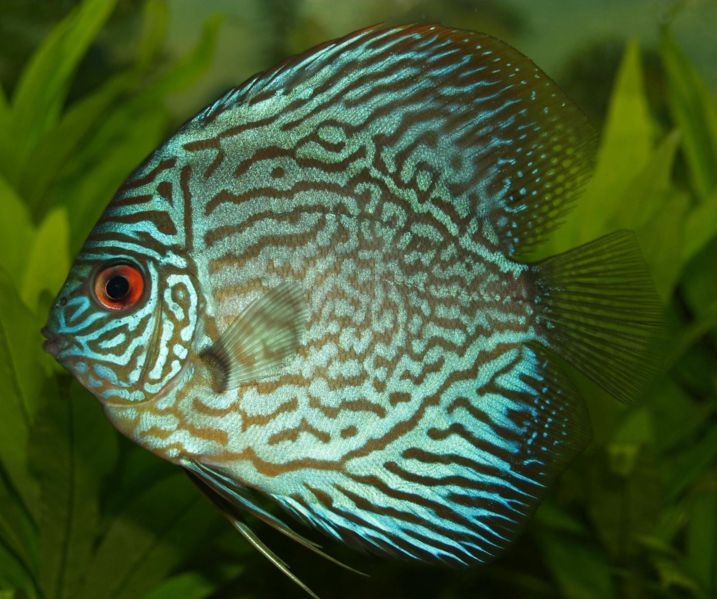 What to Do About Bully Fish in an Aquarium?
What to Do About Bully Fish in an Aquarium?
What to Do About Bully Fish in an Aquarium?
What to Do About Bully Fish in an Aquarium?
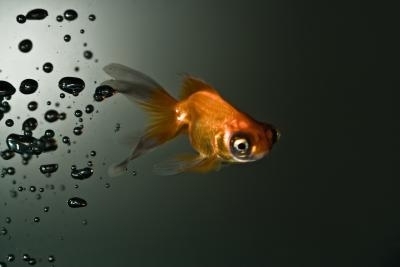 Cold-Water Fish Types
Cold-Water Fish Types
Cold-Water Fish
Cold-Water Fish Types
Cold-Water Fish Types
Cold-Water Fish
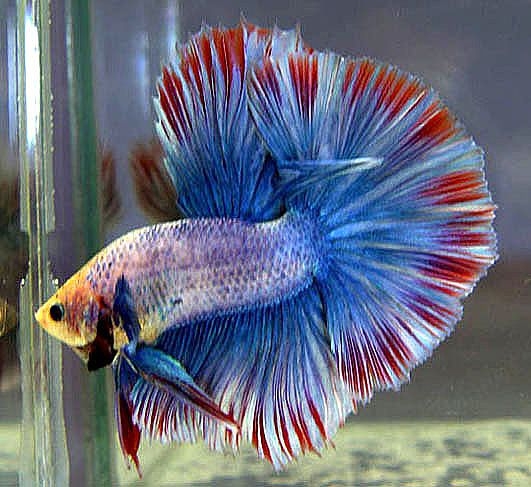 How to clean out a fish tank for a beta fish
How to clean out a fish tank for a beta fish
How to clean out a fish tank for a beta fish
How to clean out a fish tank for a beta fish
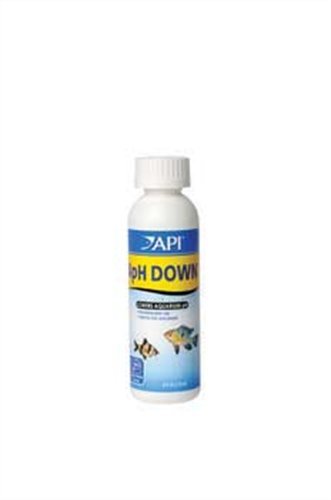 Cloudy Aquarium Water
How to Get Keep My Aquarium Water Clear
Cloudy Aquarium Water
How to Get Keep My Aquarium Water Clear
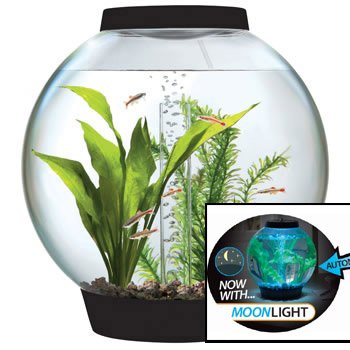 Benefits of the biOrb
biOrb AquariumsThe Best Aqua
Benefits of the biOrb
biOrb AquariumsThe Best Aqua
Copyright © 2005-2016 Pet Information All Rights Reserved
Contact us: www162date@outlook.com